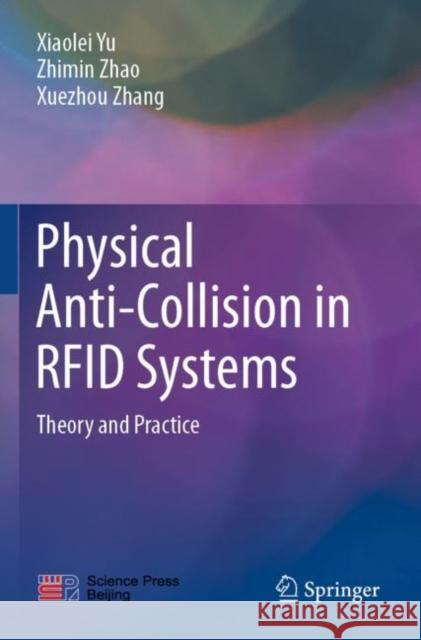Physical Anti-Collision in Rfid Systems: Theory and Practice » książka
topmenu
Physical Anti-Collision in Rfid Systems: Theory and Practice
ISBN-13: 9789811608377 / Angielski / Miękka / 2022 / 252 str.
Physical Anti-Collision in Rfid Systems: Theory and Practice
ISBN-13: 9789811608377 / Angielski / Miękka / 2022 / 252 str.
cena 342,14
(netto: 325,85 VAT: 5%)
Najniższa cena z 30 dni: 327,68
(netto: 325,85 VAT: 5%)
Najniższa cena z 30 dni: 327,68
Termin realizacji zamówienia:
ok. 22 dni roboczych
Dostawa w 2026 r.
ok. 22 dni roboczych
Dostawa w 2026 r.
Darmowa dostawa!
Kategorie BISAC:
Wydawca:
Springer
Język:
Angielski
ISBN-13:
9789811608377
Rok wydania:
2022
Ilość stron:
252
Waga:
0.36 kg
Wymiary:
23.39 x 15.6 x 1.35
Oprawa:
Miękka
Wolumenów:
01
Dodatkowe informacje:
Wydanie ilustrowane











